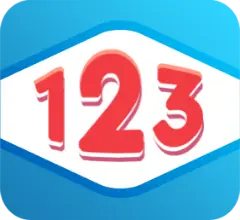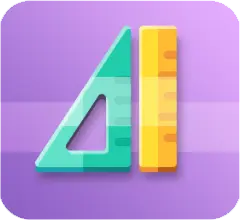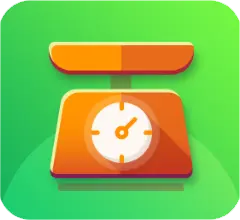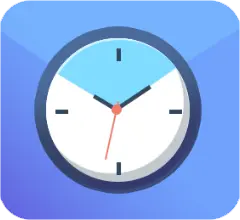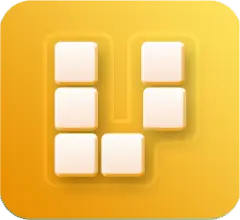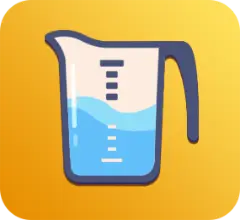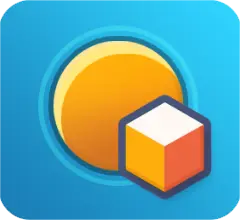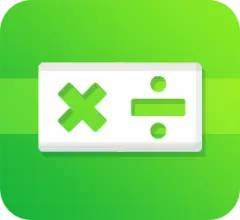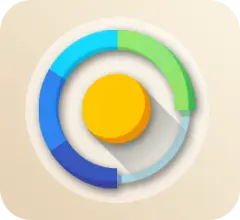1st Grade Math
Math Explanation is an online resource that offers a wide range of math skills, lessons, and games for year 1 students. It covers various math topics, from basic arithmetic to advanced calculus, providing step-by-step solutions and explanations for different math problems. The platform teaches different methods and techniques to solve problems and offers detailed explanations for each step. It also allows students to check their answers, see examples, and learn tips and tricks to improve their math skills.
Start Practice Math Browse SkillsTopics
Browse Skills
Number and Algebra
-
Comparing coins
Whole Numbers
-
Comparing numbers More than or less than
Whole Numbers
-
Counting coins
Whole Numbers
-
Identifying numbers greater than a 2 digit number
Whole Numbers
-
Identifying numbers less than a 2 digit number
Whole Numbers
-
Identifying, sorting and counting coins
Whole Numbers
-
K-Identifying numbers less than a 2 digit number
Whole Numbers
-
Partitioning of place value 2 digits in standard
form
Whole Numbers
-
Partitioning of place value 2 digits non-standard
form
Whole Numbers
-
Reading and using ordinal names Calendar dates
Whole Numbers
-
Representing numbers as words Numbers to words
Whole Numbers
-
Representing numbers as words Words to numbers
Whole Numbers
-
Rounding to the nearest ten
Whole Numbers
-
Stating place values up to 100
Whole Numbers
-
Writing place value up to 100
Whole Numbers
-
Addition and subtraction facts
Additions and subtraction
-
Addition facts
Additions and subtraction
-
Addition using doubles
Additions and subtraction
-
Combinations of 2 numbers that adds to 10
Additions and subtraction
-
Combinations of 2 numbers that adds to 20
Additions and subtraction
-
Describe combination for numbers using words
Additions and subtraction
-
Horizontal addition without carrying
Additions and subtraction
-
Horizontal subtraction without borrowing
Additions and subtraction
-
K-Addition using worded terms
Additions and subtraction
-
K-Counting Back
Additions and subtraction
-
K-Subtraction on a number line
Additions and subtraction
-
K-Subtraction using worded terms
Additions and subtraction
-
Model whole number combinations
Additions and subtraction
-
Number sentences in words Addition
Additions and subtraction
-
Number sentences in words Subtraction
Additions and subtraction
-
Subtraction on a number line
Additions and subtraction
-
Subtraction using images
Additions and subtraction
-
Subtraction using worded terms
Additions and subtraction
-
Using (+), (-) or (=) symbols
Additions and subtraction
-
Using equal signs
Additions and subtraction
-
Continuing number patterns
Patterns and Algebra
-
Decreasing number patterns
Patterns and Algebra
-
Finding errors on a number pattern
Patterns and Algebra
-
Identifying number pattern rules
Patterns and Algebra
-
Increasing number patterns
Patterns and Algebra
-
Increasing or decreasing number patterns of 2s, 5s
& 10s
Patterns and Algebra
-
K-Describing errors on a number pattern
Patterns and Algebra
-
K-Identifying the "number" pattern rule
Patterns and Algebra
-
Odd and even number patterns
Patterns and Algebra
-
Comparing parts of a whole
Fraction and decimals
-
Half by modelling
Fraction and decimals
-
Identifying one half of a group
Fraction and decimals
-
K-Identifying one half of a group
Fraction and decimals
-
Recognising a half of a collection
Fraction and decimals
-
Recognising a half of object and shapes
Fraction and decimals
-
Selecting one half of a group
Fraction and decimals
-
1 Times table
Multiplication & Division
-
10 Times table
Multiplication & Division
-
11 Times table
Multiplication & Division
-
12 Times table
Multiplication & Division
-
2 Times table
Multiplication & Division
-
3 Times table
Multiplication & Division
-
4 Times table
Multiplication & Division
-
5 Times table
Multiplication & Division
-
6 Times table
Multiplication & Division
-
7 Times table
Multiplication & Division
-
8 Times table
Multiplication & Division
-
9 Times table
Multiplication & Division
-
Counting by 10s from a starting point
Multiplication & Division
-
Division by 1
Multiplication & Division
-
Division by 10
Multiplication & Division
-
Division by 11
Multiplication & Division
-
Division by 12
Multiplication & Division
-
Division by 2
Multiplication & Division
-
Division by 3
Multiplication & Division
-
Division by 4
Multiplication & Division
-
Division by 5
Multiplication & Division
-
Division by 6
Multiplication & Division
-
Division by 7
Multiplication & Division
-
Division by 8
Multiplication & Division
-
Division by 9
Multiplication & Division
-
Division by grouping
Multiplication & Division
-
Grouping
Multiplication & Division
-
Multiplication with an array of 10s
Multiplication & Division
-
Multiplication with an array of 2s
Multiplication & Division
-
Multiplication with an array of 5s
Multiplication & Division
-
Remainders
Multiplication & Division
Measurement and Geometry
-
Comparing and ordering lengths
Length
-
K-Comparing and ordering lengths
Length
-
K-Comparing the lengths of items
Length
-
Measuring curves using informal units
Length
-
Measuring lengths using informal units
Length
-
Measuring lengths using informal units
Length
-
Ordering lengths
Length
-
Comparing areas
Area
-
K-Comparing 2 areas
Area
-
Measuring area using informal units
Area
-
Measuring area using informal units
Area
-
Ordering of areas
Area
-
Calculating volumes using blocks
Volume & Capacity
-
Comparing volumes by estimation
Volume & Capacity
-
Estimate capacities with informal units
Volume & Capacity
-
Estimating volumes using informal units
Volume & Capacity
-
K-Sorting volumes by estimation
Volume & Capacity
-
Sorting volumes by estimation
Volume & Capacity
-
Comparing masses using a balance
Mass
-
Comparing masses using items
Mass
-
K-Comparing masses using a balance
Mass
-
K-Obtaining a balance
Mass
-
K-Sorting objects base on mass
Mass
-
Obtaining a balance
Mass
-
Sorting objects base on mass
Mass
-
K-Reading a digital clock using words
Time
-
Naming and ordering seasons
Time
-
Naming the months for each season
Time
-
Ordering months
Time
-
Reading a calendar
Time
-
Reading a calendar Events
Time
-
Reading a digital clock using words
Time
-
Reading a digital clock Half past
Time
-
Reading a digital clock O'clock
Time
-
Reading an analog clock Half past
Time
-
Reading an analog clock O'clock
Time
-
Reading the calendar
Time
-
Counting surfaces
3D Shape
-
Features of 3D objects
3D Shape
-
Flat surfaces and curved surfaces
3D Shape
-
Identifying 3D objects
3D Shape
-
Identifying 3D objects in everyday life
3D Shape
-
Identifying cones, cubes, cylinders and prisms
3D Shape
-
Naming 3D objects
3D Shape
-
2D Shapes and their attributes
2D Shape
-
Identifying 2D shapes from their properties
2D Shape
-
Identifying parallel lines
2D Shape
-
Identifying vertical and horizontal lines
2D Shape
-
K-Naming 2D shapes - Type 1
2D Shape
-
K-Naming 2D shapes - Type 2
2D Shape
-
Naming 2D shapes Type 1
2D Shape
-
Naming 2D shapesType 2
2D Shape
-
Describing a path with left and right
Position
-
Describing a path Advance
Position
-
Following directional instructions Advance
Position
-
Following directional instructions Basic
Position
-
Left and right
Position
Statistics and Probability
-
Creating and interpreting data
Data
-
K-Reading a bar graph
Data
-
Reading a bar graph
Data
-
Tally Advance
Data
-
Tally Basic
Data
-
Chance
Chance
Math Explanation
Australia's Most Engaging Primary Maths Software.
